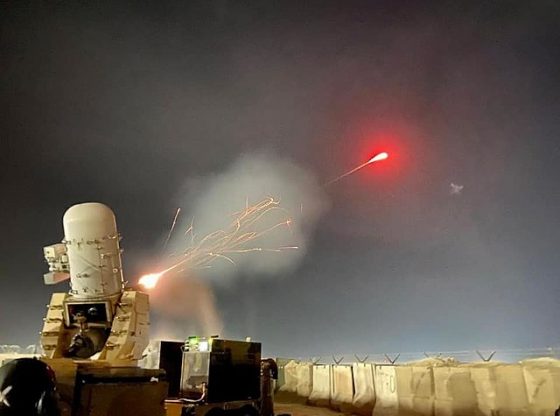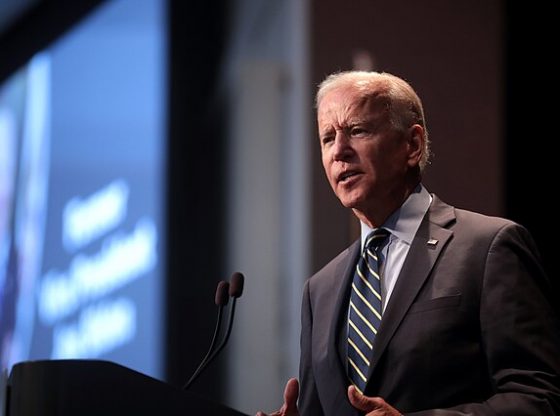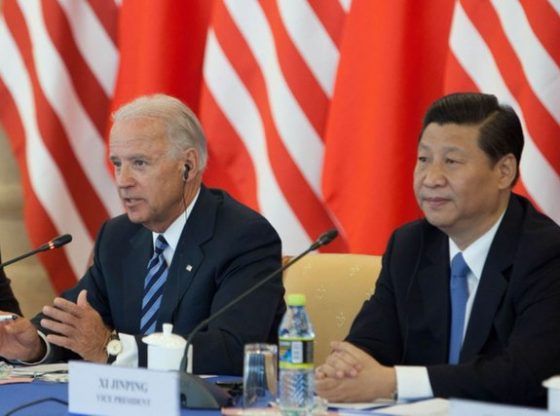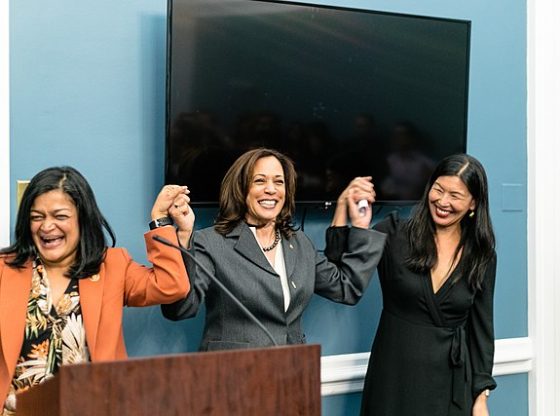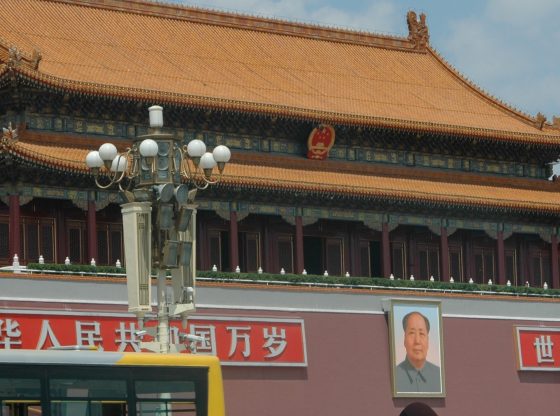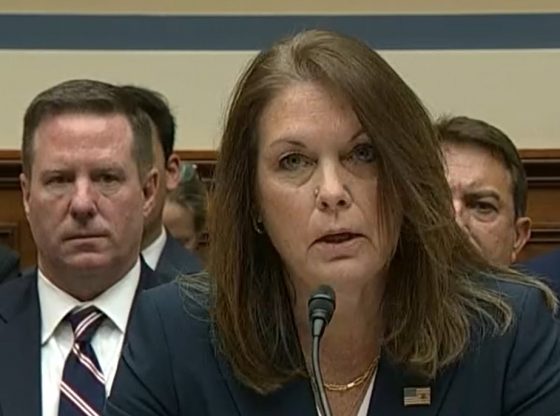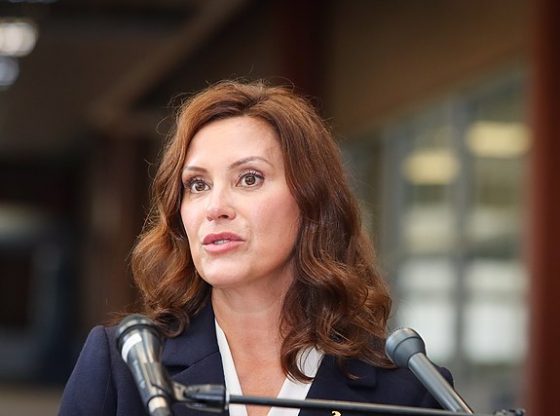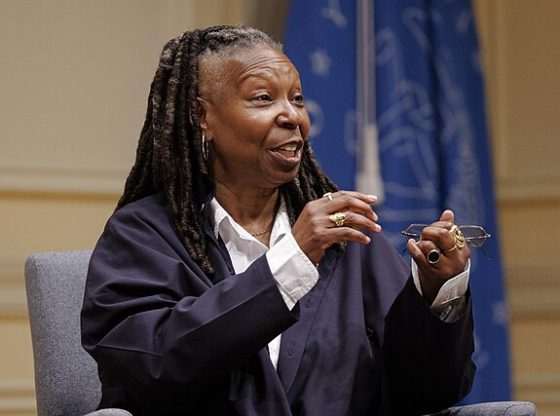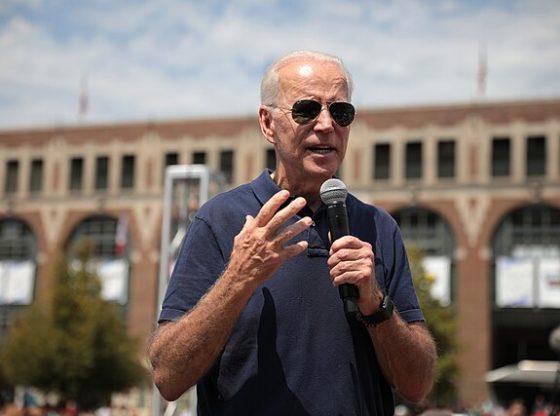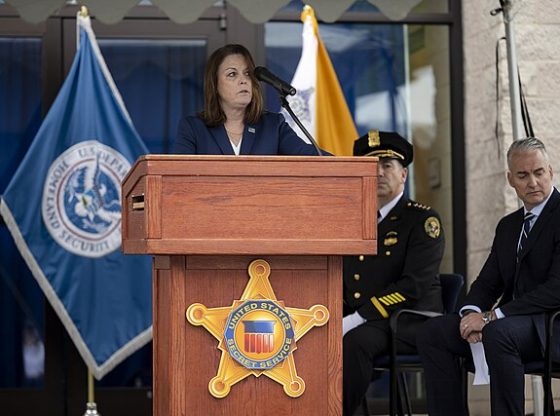In an investigation conducted after a Marine sniper claimed he could have shot the Abbey Gate suicide bomber during the military withdrawal from Afghanistan, the U.S. military concluded that the attack was unpreventable, according to a release of the findings.
U.S. Central Command (CENTCOM) conducted a follow-on investigation into the attack, including interviewing 12 service members who were unable to participate in the initial investigation due to their injuries, after the new claims arose, according to the statement Monday. Its conclusions contradict former Marine sniper Sgt. Tyler Vargas-Andrews’ testimony that he had his sights on the bomber and had requested permission to fire, but faulty leadership obstructed any chance to kill the bomber and forestall the deadly attack.
“The terrorist attack at Abbey Gate was not preventable at the tactical level without degrading the mission to maximize the number of evacuees,” CENTCOM said of the findings. No one had identified the actual suicide bomber in the crowd before the attack, “nor was there an opportunity for service members to engage him prior to the attack.”
The investigation also found that military leaders present at the time made “sound tactical decisions” and determined it was “unlikely” that an improvised explosive device (IED) test run happened the day of the attack, although that possibility could not be ruled out.
Vargas-Andrews told Congress under oath in March 2023 he had spotted an individual who was behaving suspiciously and matched previous intelligence detailing the bomber’s physical appearance, but when he asked permission to shoot, it was denied, according to a transcript.
CENTCOM previously released an extensive investigation into the events leading up to the suicide bombing on Aug. 26, 2021 that killed 13 U.S. military personnel aiding the evacuation of Afghan allies after the Taliban captured Kabul.
The first investigation concluded a lone suicide bomber managed to bypass Taliban checkpoints at Hamid Karzai International Airport in Kabul, detonating an explosive vest that also contained ball bearings at 5:36 p.m., according to the report. ISIS later claimed responsibility for the attack, which killed up to 170 Afghan civilians and 13 U.S. servicemembers, as well as wounding dozens more.
The supplemental investigation aimed to determine whether new testimony would impact the results of the first review, which CENTCOM completed in November 2021, the statement read. CENTCOM said it did not.
Vargas-Andrews said he, a Sgt. Charles Schilling and an unnamed individual spotted the suicide bomber from their perch in the sniper tower, located near the sewage canal and the gate itself, sometime just before 1 p.m. on the day of the blast at a hearing on March 8, 2023, a transcript shows. The unnamed individual had previously provided descriptions of the man who Vargas-Andrews believed to be the suicide bomber.
Vargas-Andrews requested permission to engage with the suspect and presented evidence to the battalion commander, Lt. Col. Brad Whited, Vargas-Andrews testified.
“We asked if we could shoot. Our battalion commander said, ‘I don’t know,’” Vargas-Andrews told Congress.
At the time, he denied that any Department of Defense (DOD) or State Department officials came to him for testimony while he recovered from his blast injuries at Walter Reed National Military Medical Center. It was unclear if officials interviewed him for the supplemental investigation.
Major portions of the interview logs compiled for the CENTCOM inquiry, including names of all interviewees save Maj. Gen. Chris Donahue and hundreds of pages of content, are redacted. None of the available transcripts appear to suggest the suicide bomber had been identified or that a request to shoot traveled up the chain of command.
Multiple accounts of the event in the interview logs describe only vague, general threats that could not be tied to specific individuals.
Vargas-Andrews did not immediately respond to the Daily Caller News Foundation’s request for comment submitted through a media inquiry form.


